A couple of things haven’t changed during the global pandemic: the mail and the marketing of books. Although books are being marketed and publicized in different ways these days, I found that the publicist at Raincoast Books in Vancouver was right on a recent request. It shipped out the next day and arrived the day after that (in Nanaimo on Vancouver Island). Amazing when everything else has really slowed down or stopped. Actually, I should say that was probably a rare example.
One of the books that came via Raincoast before all this current state of upheaval was 365 Days of Creativity (Hardie Grant Books, 2019) by Lorna Scobie. It’s so inviting with all its visual prompts. Another came from New World Library: The Bright Way: Five Steps to Freeing the Creative Within by Diana Rowan, published this year.
With all the creativity happening these days to keep people occupied and upbeat, you may have your own idea about “five steps.” Maybe there are no steps at all. Creativity flows in various forms in the garden, the kitchen, negotiating the grocery store, and posting discoveries and fears on Facebook.
I like what Jan Phillips has to say in “The Artist’s Creed”: I believe that what truly matters in the making of art is not what the final piece looks like or sounds like, not what it is worth or not worth, but what newness gets added to the universe in the process of the piece itself becoming.
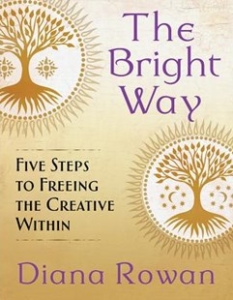 Diana Rowan is a musician and composer who performs and teaches in the San Francisco Bay area. She is enthusiastic in her approach to creativity in her book, The Bright Way. She says “creativity is a way of life, not merely a goal.” As she describes “The Bright Way Philosophy,” Rowan says: “Your creative life reflects your whole life, and your whole life reflects your creative life.”
Diana Rowan is a musician and composer who performs and teaches in the San Francisco Bay area. She is enthusiastic in her approach to creativity in her book, The Bright Way. She says “creativity is a way of life, not merely a goal.” As she describes “The Bright Way Philosophy,” Rowan says: “Your creative life reflects your whole life, and your whole life reflects your creative life.”
I love when Rowan describes Sultanahmet Square in Istanbul where you can turn 360 degrees and “take in more than three thousand years of human creativity, from the ancient Egyptian obelisk right up to the modern shops hawking knickknacks. I recommend taking a ride on that head-spinning carousel of time if you can.”
I recommend it too! Rowan remembers the experience as if it were yesterday and I do as well. Going through the Spice Market there was a pleasure for all the senses. And outside it, a bird told fortunes by pecking at paper in his cage. And there was the call to prayer by the muezzin five times a day . . .
Turning around in my own living room I see all the creativity that Sarah and I share as well as the many pieces of art we’ve acquired or bought over many years.
In her book, Rowan includes “The Five Essential Elements” which are Fire for inspiration; Water for artistry; Air for learning; Earth for technique; and Spirit for community. Each of the essential elements relates to a step of “The Bright Way” which begins with “Step One: Define Your Purpose.”
I like what Rowan says about writing by hand to “scribe your purpose.” I agree that it’s a way to engage physically with your thoughts, it slows you down to go deeper and “there’s no delete button, which allows you to be more honest with yourself.” My partner Sarah does her scribing on huge sheets of brown kraft paper or large sheets of “cartridge drawing paper” and discovers all sorts of links to her creative purpose and passion.
Step Two is “Set Your Intentions” and I’m a big fan of setting intentions. Rowan describes intentions as a “container for your creativity” to keep you “present and available.” They are “invitations, not orders” and “entail present-day awareness rather than future-focus on distant goals.” I agree with all of that but using the words “achieve” and “accomplish” is going against the flow.
I like the sub-title of Step Three: Prepare to Fly: Map Your Dreams which is about creating your “practicum plan.” I’ve always liked that word “map” as opposed to “plan” or “produce.” It’s very difficult to plan or accomplish anything these days and mapping seems just right for the “flow” that Rowan refers to. She is a harpist and has experienced performance anxiety in the past. She now sees a difference between “mastery” which is aiming for precision and “performance” which “requires us to flow through the thing, come what may”. This is where improvisation comes in so very handy I’ve found.
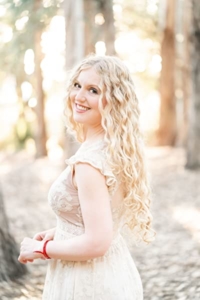 When it comes to playing an instrument, Rowan recommends: “Giving yourself permission to not just focus on what needs to be continually improved but to release yourself to the pleasure of playing.”
When it comes to playing an instrument, Rowan recommends: “Giving yourself permission to not just focus on what needs to be continually improved but to release yourself to the pleasure of playing.”
I like to go where the energy is and these days it’s difficult to know whether something I started is worth continuing due to a lack of energy on all fronts. There are times though when we’ve learned all we’re going to learn from a particular project and it’s time to let it go. Rowan refers to this in Step Four: Integration. She refers to discernment and identifying what isn’t working and why. Some things can be remedied, others postponed and others let go “with respect.”
Step Five is “Fulfillment.”
I think back to a quote Diana Rowan includes in the first chapter of The Bright Way; it’s by Shinichi Suzuki: “Where the love is deep, much will be accomplished.” There’s that word “accomplished” but I realize it comes about as if with no effort at all when we’re loving what we’re doing and what we’re drawn to.
“Do you see your creativity as a series of projects or as an ongoing journey?” is a question posed early on in the book. It’s something I’ve been thinking about along with quotes by Hildegard of Bingen including this one:
Glance at the sun.
See the moon and the stars. Gaze at the beauty of the earth’s greening.
Now, think. What delight God gives to humankind with all these things. . .
With nature’s help, humankind can set into creation all that is necessary and life sustaining.
The last six-week Writing Life women’s writing circle became a circle “from away” when it was no longer safe or advisable to meet in person. (There’s also another Writing Life Circle from further away which I guess is now the circle “from away away.”) The theme of “Calling Your Spirit Back” was taken from a Joy Harjo poem entitled “Calling the Spirit Back from Wandering the Earth in its Human Feet.” One week, I referred to creativity in the notes and writing practices I sent out and included this quote by Zen Buddhist monk Thich Nhat Hanh:
When we do not trouble ourselves about whether
or not something is a work of art, if we just act
in each moment with composure and mindfulness,
each minute of our life is a work of art.
Even when we are not painting or writing,
we are still creating. We are pregnant with beauty,
joy, and peace, and we are making life more
beautiful for many people.
Thich Nhat Hanh
from Peace is Every Step: The Path
of Mindfulness in Everyday Life
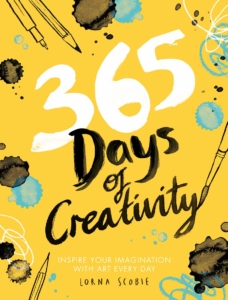 With the book, 365 Days of Creativity, I began, not on page one, but on page 184 where I wrote down some ideas. I love the black end papers of this book, like an old photo album.
With the book, 365 Days of Creativity, I began, not on page one, but on page 184 where I wrote down some ideas. I love the black end papers of this book, like an old photo album.
Colouring was pretty straightforward and then a collage which is something I’m familiar with and particularly enjoy. I’ll move on to cutting out shapes, drawing and painting. I even bought a bottle of clear gesso as recommended by the author, as a primer to prevent materials from bleeding. I look forward to the book expanding with all the pasting and painting that will happen on its pages. Imagine all the fun the illustrator and designer, Lorna Scobie, had dreaming up all these pages. She’s based in south London, England and apparently draws every day. This book is the third in her 365 Days series.
John O’Donohue said: “Creativity endeavours to bring some of our hidden life to expression in order that we might come to see who we are.” I like that and relate it to the writing I do. I look forward to further creative endeavours, with pencil crayon or paintbrush in hand, with no attachment to outcome.
Here’s the rest of John O’Donohue’s quote from “Each of Us Has Inherited a Treasure-House of Wonders” in Beauty: The Invisible Embrace.
Creativity endeavours to bring some of our hidden life to expression in order that we might come to see who we are. When we are creative, we help the unknown to become known, the visible to be seen and the rich darkness within us to become illuminated. No human being is ever actually there. Each of us is emerging in every moment. When we discover our creativity, we begin to attend to this constant emergence of who we are. Our creativity is excited by what is new, different and concealed within us.
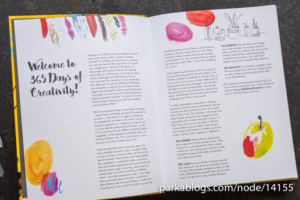

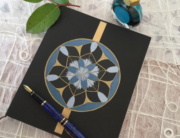
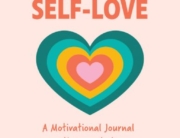
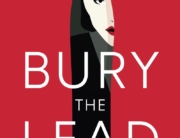
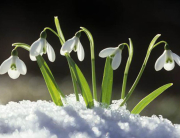
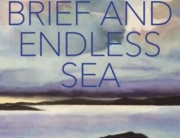
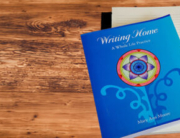
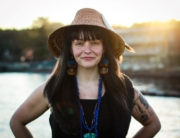
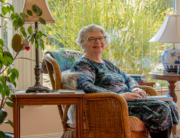
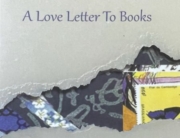
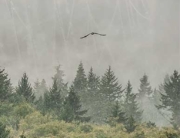
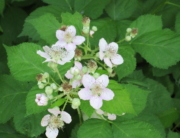
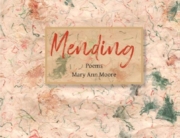
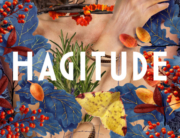
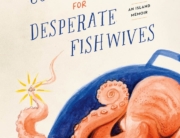
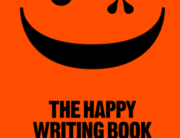
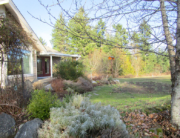
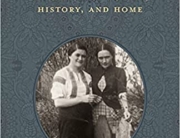
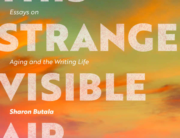
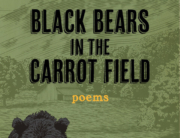
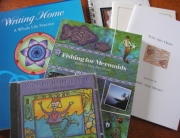
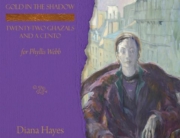
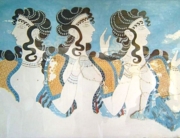
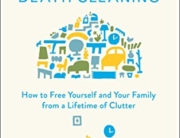
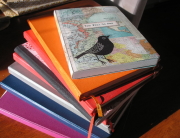
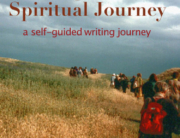
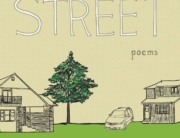
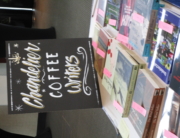
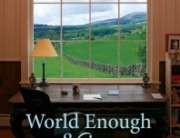
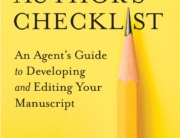
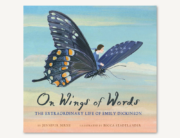
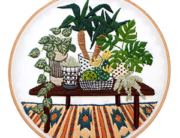
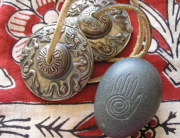
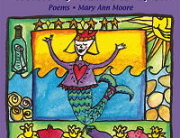
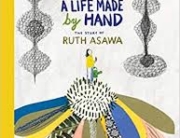
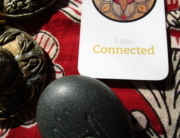
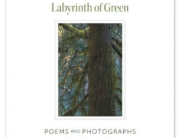
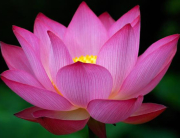
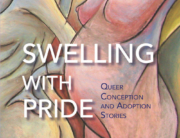
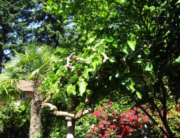
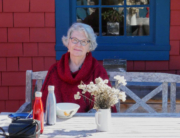
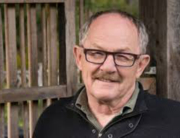
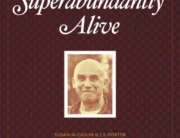
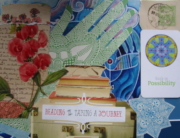
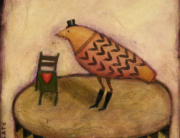
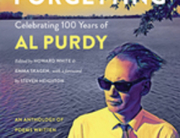
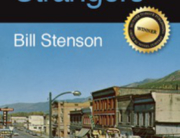
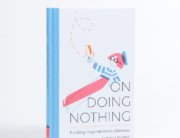
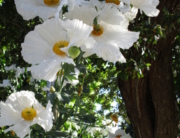
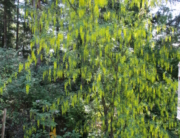
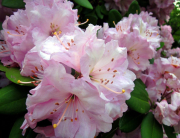
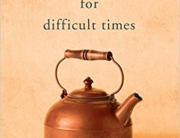
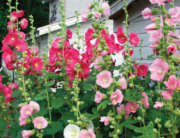
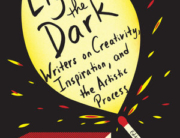
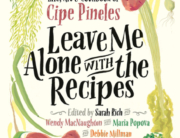
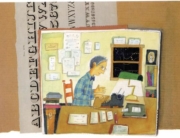
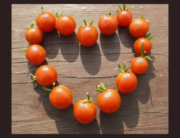
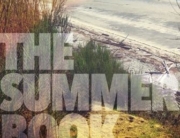
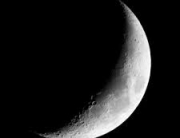
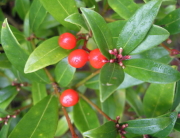
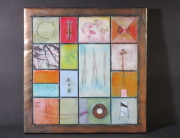
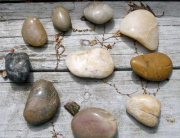
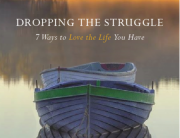
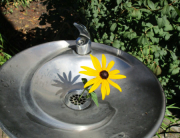
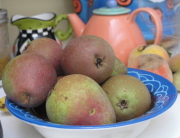
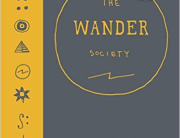
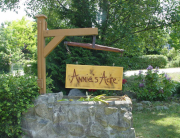
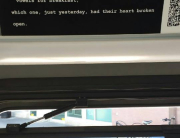
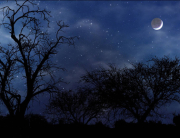
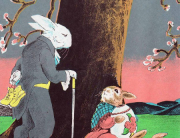
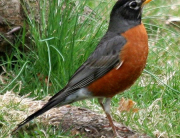
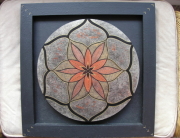
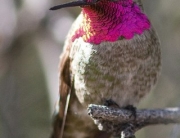
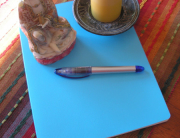
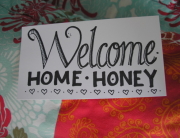
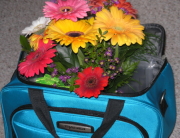
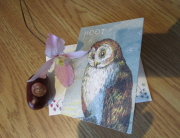
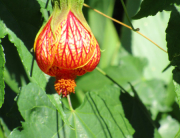
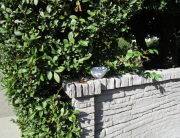
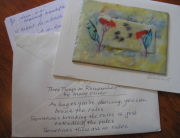
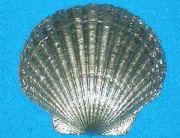
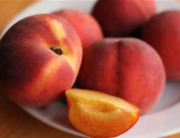
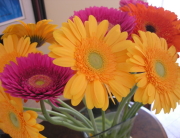
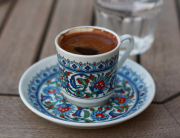
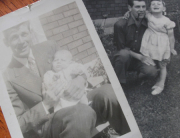
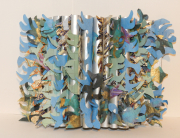
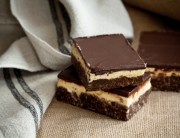
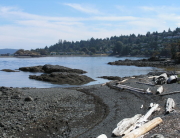
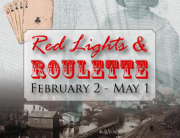
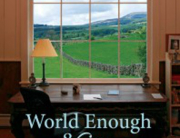
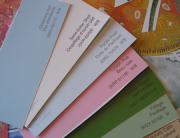
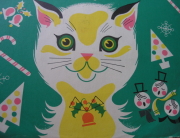
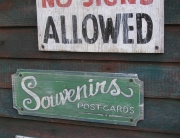
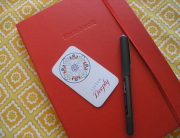
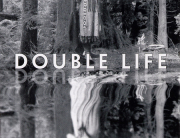
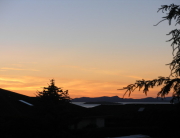
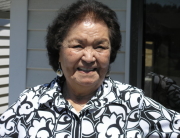
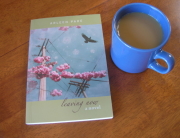
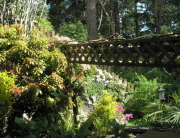
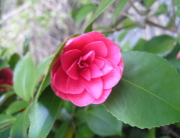
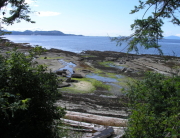
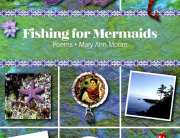
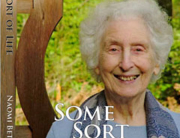
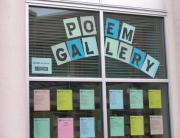
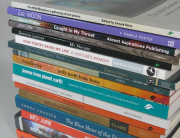
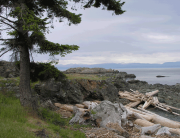
Thank you so much for this generous sharing, Maryanne.
I have a story ready to be published but I am not sure what to do about that.
I dont gave a scanner, so I would have to send out the hard copy.
Does anyone accept hard copy any more?
I’m sure there’s someone who would accept a hard copy through the mail but you’d have more possibilities if you could submit your story online. Is it typed?
As always, Mary Ann, your blog essay is a reservoir of ponderings! And I must say that the message resonates deeply. You see, I’ve just this morning started a new book, Plain and Simple, by Sue Bender. Published in 1989 (yes, that long ago!), its subtitle is “A Woman’s Journey to the Amish.”
The author is an artist living in California. Her desire to be special, the best, have results and accomplishments – words and concepts you’ve noted as distractions from “doing” – is challenged by the anonymity and lack of pretense of Amish art as seen in the limited palette and plain style quilts and “faceless” dolls.
As a resume writer, now in semi retirement, I was increasingly finding it troubling to always be focused on finding accomplishments and results. I am now thoroughly relishing removing my self and thought patterns from all that specialness and am embracing plain and simple and ordinary! Ordinary is charming, peaceful, and surprisingly expansive … and I love it!
I’m so grateful for your writing, Mary Ann. You always inspire some ideas and deeper thinking. Namaste.